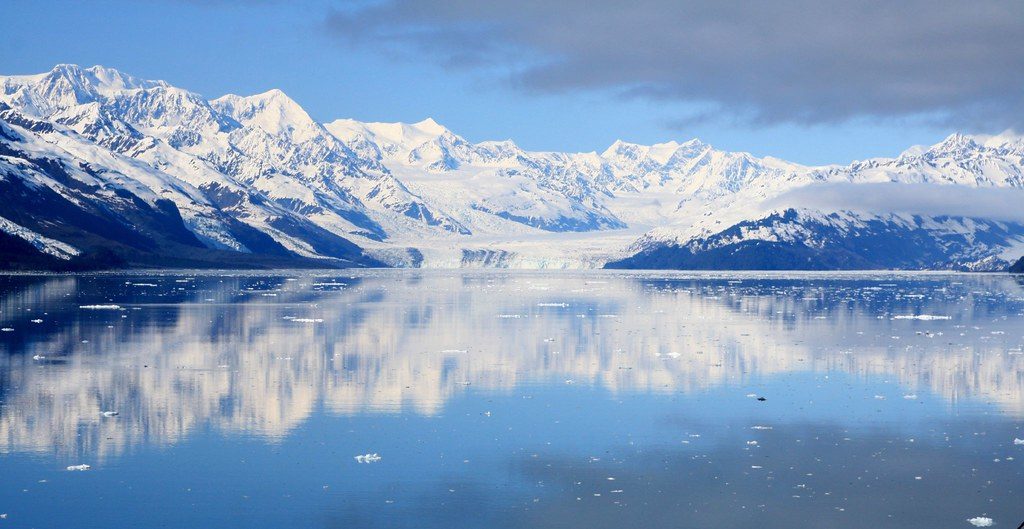
College Fjord, Alaska, USA, is surrounded by magnificent glaciers that carve their way down the Chugach Mountains. The glaciers flow down over the hills and towards the water, making it look like frozen waterfalls. Face one of these glaciers and, even though the temperatures are already low, a wave of cold air will greet you from the solid ice walls.
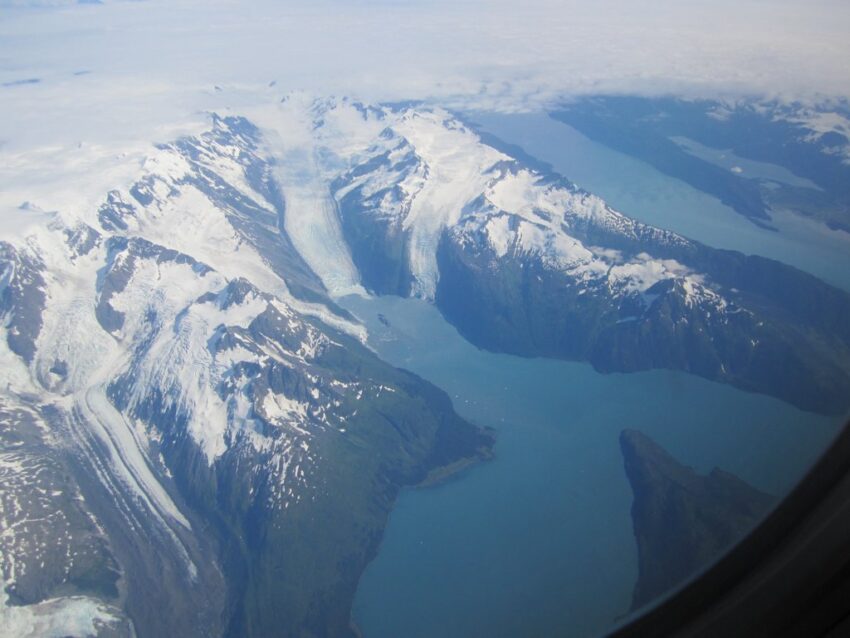
Activity/Place Highlights
The glaciers’ names
College Fjord is a narrow inlet guarded by cliffs on both sides, running for 30 km. The glaciers in it are named after American Ivy League colleges, such as Harvard Glacier, Barnard Glacier or Wellesley Glacier. The first is the largest and furthest point of the fjord, and one of those still advancing towards the waters of the Gulf of Alaska.
There are others still coming down the steep-sided valleys towards the sea, but they melt faster than they move. Even though some have retreaded, other glaciers have continued their movement cycles, almost totally untouched by man. These glaciers remain as pristine as they were in the 90s.
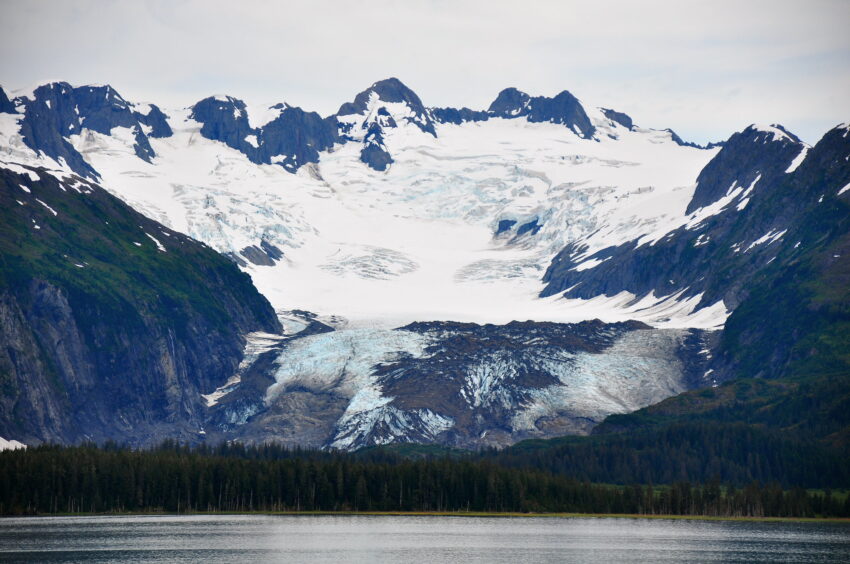
College Fjord cruise and kayaking
The most convenient, easy and recommended way to get to College Fjord is by cruise. The cruise generally takes you to the south-east of Prince William Sound, at the Kenai Peninsula of Alaska. But for those who love a bit of adventure, there are chances to kayak close to the glaciers. If you get there by sunrise, you’ll surely be greeted by a magnificent sky filled with orange and purple clouds, flowing over the Chugach Mountains and blanketing the waters of the fjord.
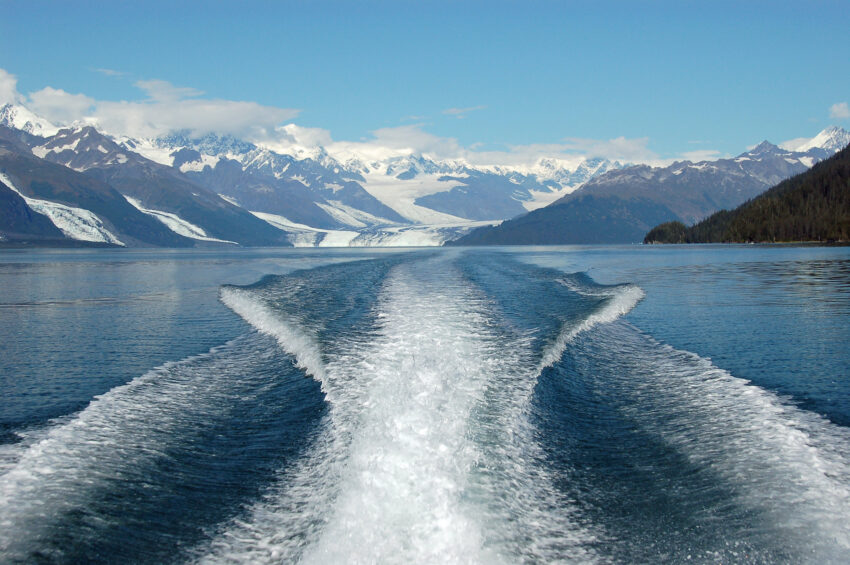
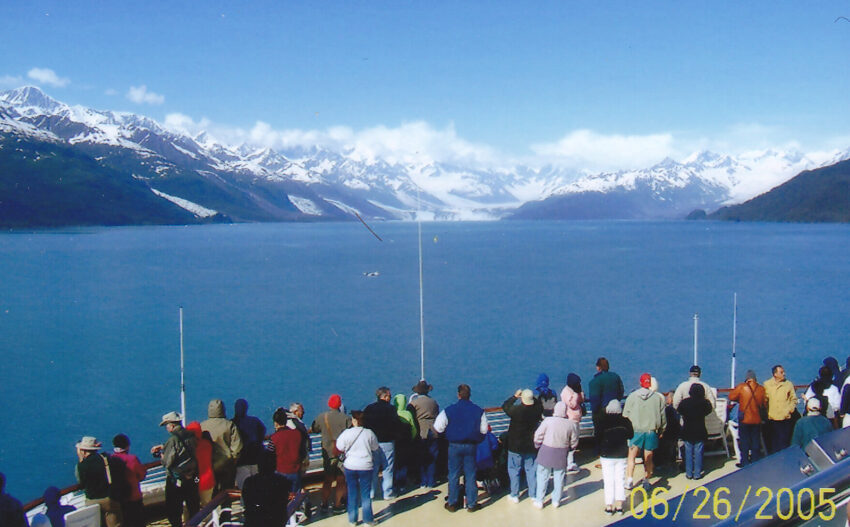
The fjord’s size and colors
At the top of the mountain, the ice appears clean white, changing to shades of turquoise and blue at the hard ice face. However, the glaciers are dotted with rocks and earth, picked up by the snow as it flows down the cliffs. They move in geological time, and a clear line shows the meeting point of forest, rock and snaking ice.
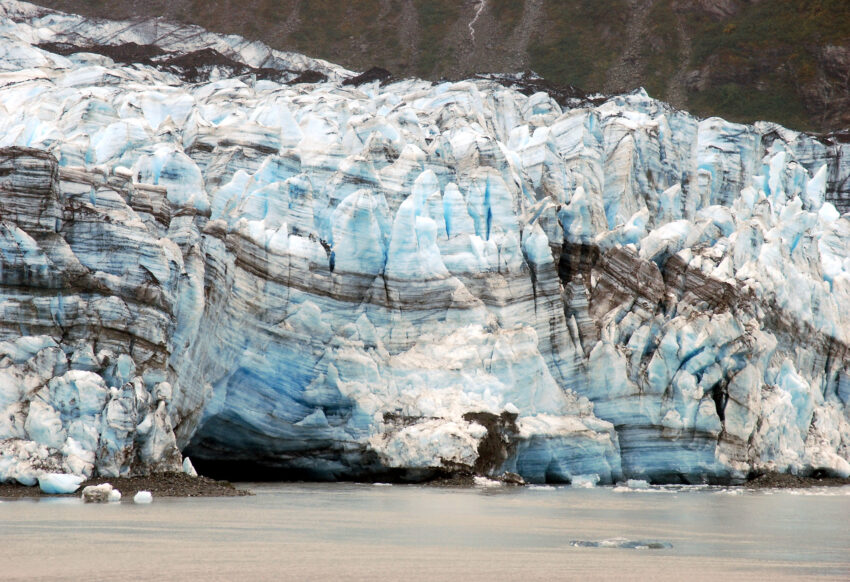
In fact, the actual size of the glaciers and the fjord is hard to pinpoint. From a ship, the walls of ice might seem about as high as a house, but they could actually be 10 times as high. In addition, the compression of scale can distort the structure of the glaciers as well. The pressure of millions of tonnes of ice dig out rock on either side. From afar, you’ll make out small abysses and furrows. But as soon as you get closer, there are visible great cracks, abrupt spikes, and deep abysses.
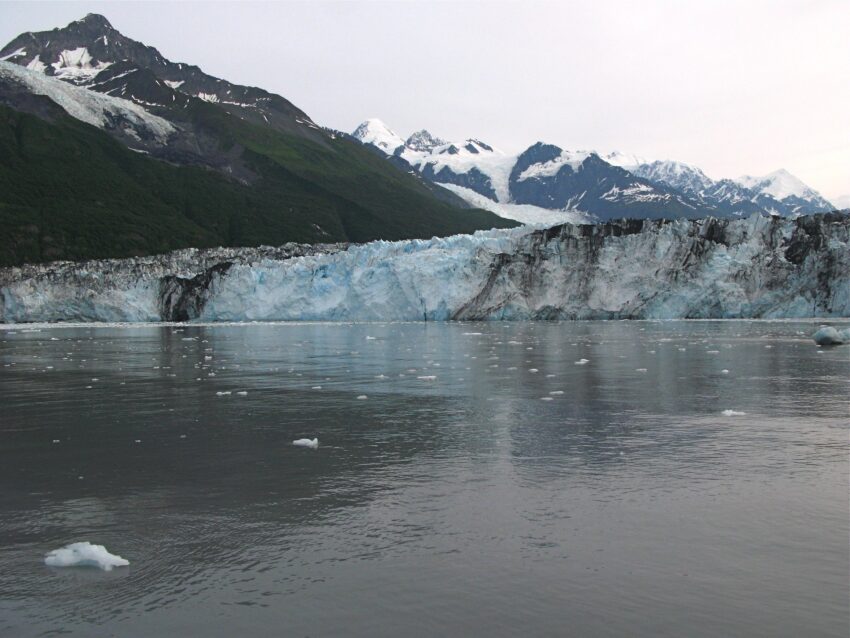
Calving
As the icy walls reach the sea, they dive into the water, shattering in large chunks that float across the fjord. This is known as “calving”. Some of these chunks of ice can be as big as a house, and the sound they make once they fall into the water is extraordinary. At sunrise and sunset, the chunks of ice reflect the sunlight, making it seem like the sea is filled with shiny shards of glass.
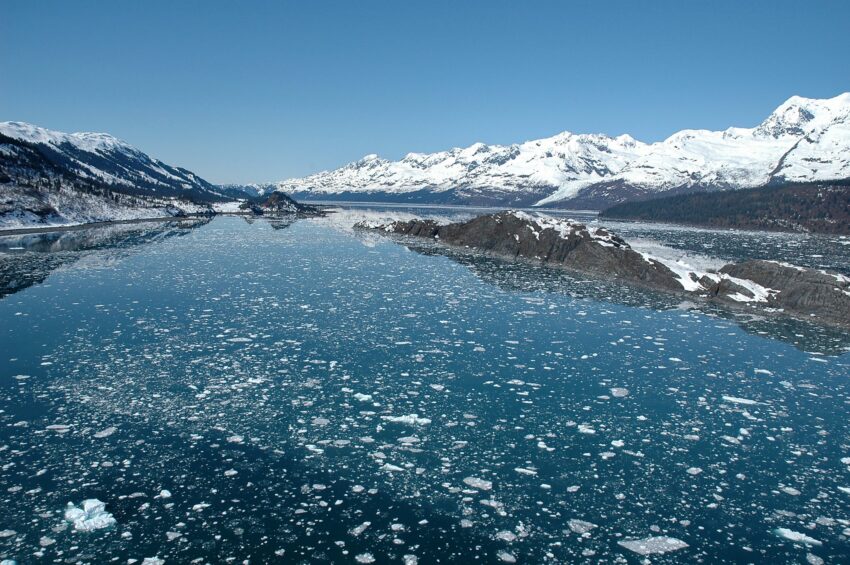
Life at College Fjord
Although the environment seems inhabitable, there is a shocking amount of wildlife on this fjord. You may spot sea otters and seals swimming in the icy waters. But if you get lucky, large and shiny orcas might accompany you beside your cruise, or even white beluga whales.
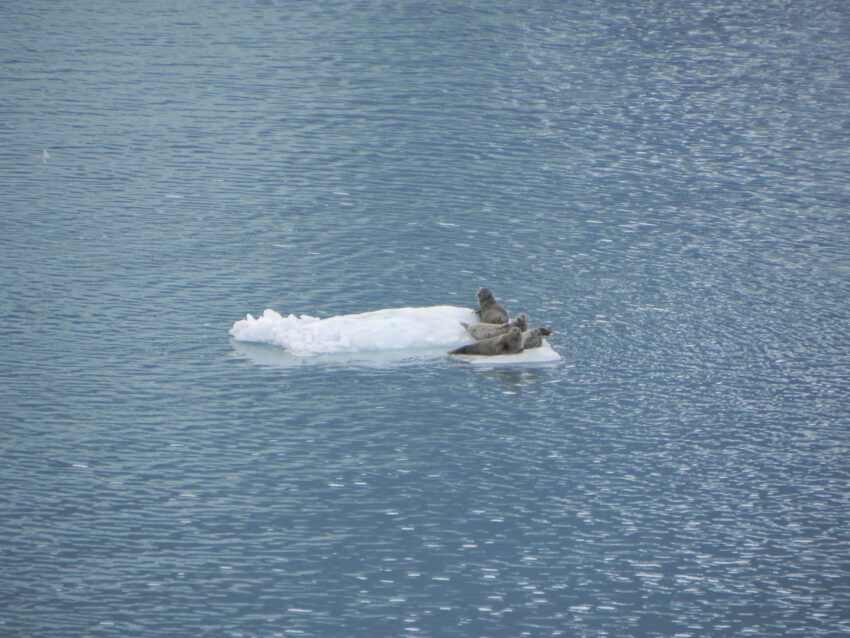
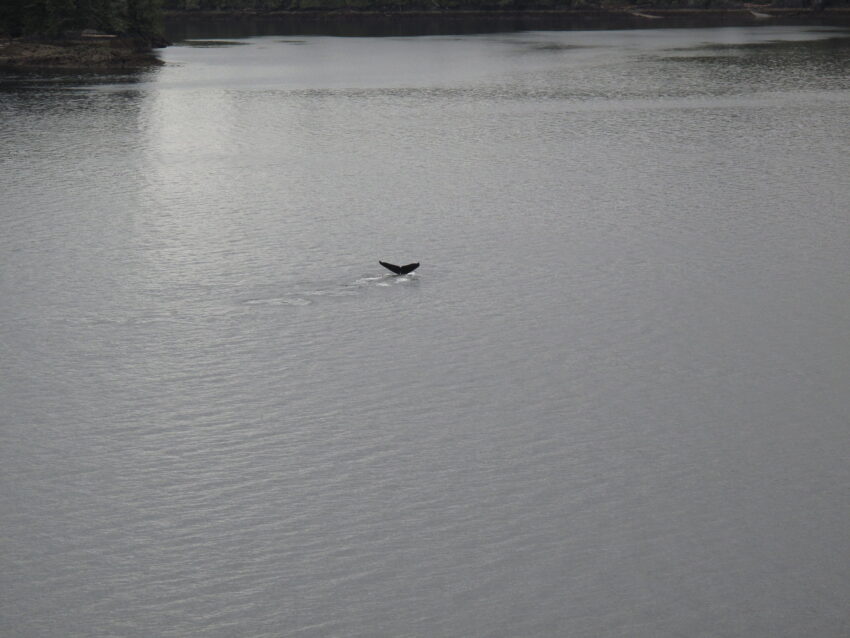
How to get there
Given its far-off location, it’s almost impossible to get to College Fjord by other means than a cruise ship. Cruises lines like Norwegian Cruise Line and Princess Cruises make a seven-night one-way journey from either Seattle or Vancouver to Seward, 3 hours from Anchorage.
Besides, there are round trips from Seattle or Vancouver, and one-way cruises heading south from Seward. The best times to go and have a pleasant journey are between June and August, since the winters in College Fjord are long and intense.
History
Back in 1898, an expedition was looking for a way to reach the goldfields of the Klondike without going through the Yukon. However, in the middle of their journey, they came across the College Fjord. Then, one year later, millionaire tycoon Edwards Henry Harriman sailed on another expedition, aiming to chart and name many Alarkan glaciers.
If you loved this article or found it useful, don’t forget to share it with your adventurous and travel-hacking friends! If you want more posts like this, follow us on Youtube, Instagram, Pinterest, Twitter or Facebook and subscribe to our newsletter!

